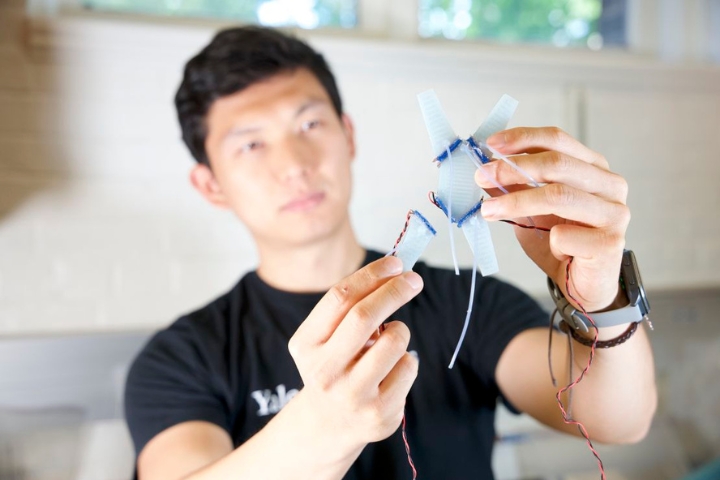In an important new development, scientists at Yale University have made a special soft robot that looks like a gecko. This new robot can cut off its own parts, just like a gecko drops its tail when in danger. The robot only weighs 18 grams and is made to move through difficult places, changing its shape for different jobs.
The secret to this robot’s amazing skill is in its joints. These joints are made from a rubber-like material that can change from solid to liquid, letting the robot’s parts come off when needed. This ability to cut off parts helps the robot move quickly and survive in tough situations, making it a big step forward in robot technology.
Enhanced Mobility and Adaptability
Yale’s gecko-inspired robot has the ability to reconfigure itself, which significantly boosts its versatility. In real-world applications, several of these robots can work together to navigate through gaps or overcome obstacles that a single unit might struggle with. This modular design not only improves their operational capabilities but also paves the way for new opportunities in collaborative robotics.
Bilige Yang, the lead researcher on the project, highlights that this advancement enables changes in functionality as needed. “We can modify the robot’s capabilities on the fly,” Yang noted. This adaptability could transform the way robots tackle various tasks, ranging from search and rescue operations to scientific research.
Future Applications and Developments
This self-amputating robot has many possible uses to exploit. In rescue operations, in search for a limb can be beneficial for the robot to carry out its work and even become trapped without exiting. Yang mentioned that this is of great importance in missions with specific risks, such as those executed within rubble or rough terrains.
In a further step, Yang and his team are creating a robotic turtle that will be able to move on land and swim seamlessly. This robot is presented with legs that will change from the round tortoise’s limbs to the flat flippers of the sea turtle, indicating the soft robotics evolution from nature to sophistication.
Yale’s innovative soft robot represents a significant leap in robotics. Its self-amputating abilities and modular design demonstrate the power of nature-inspired engineering. As researchers continue to explore these advancements, the future of robotics looks increasingly adaptable and capable.




GIPHY App Key not set. Please check settings